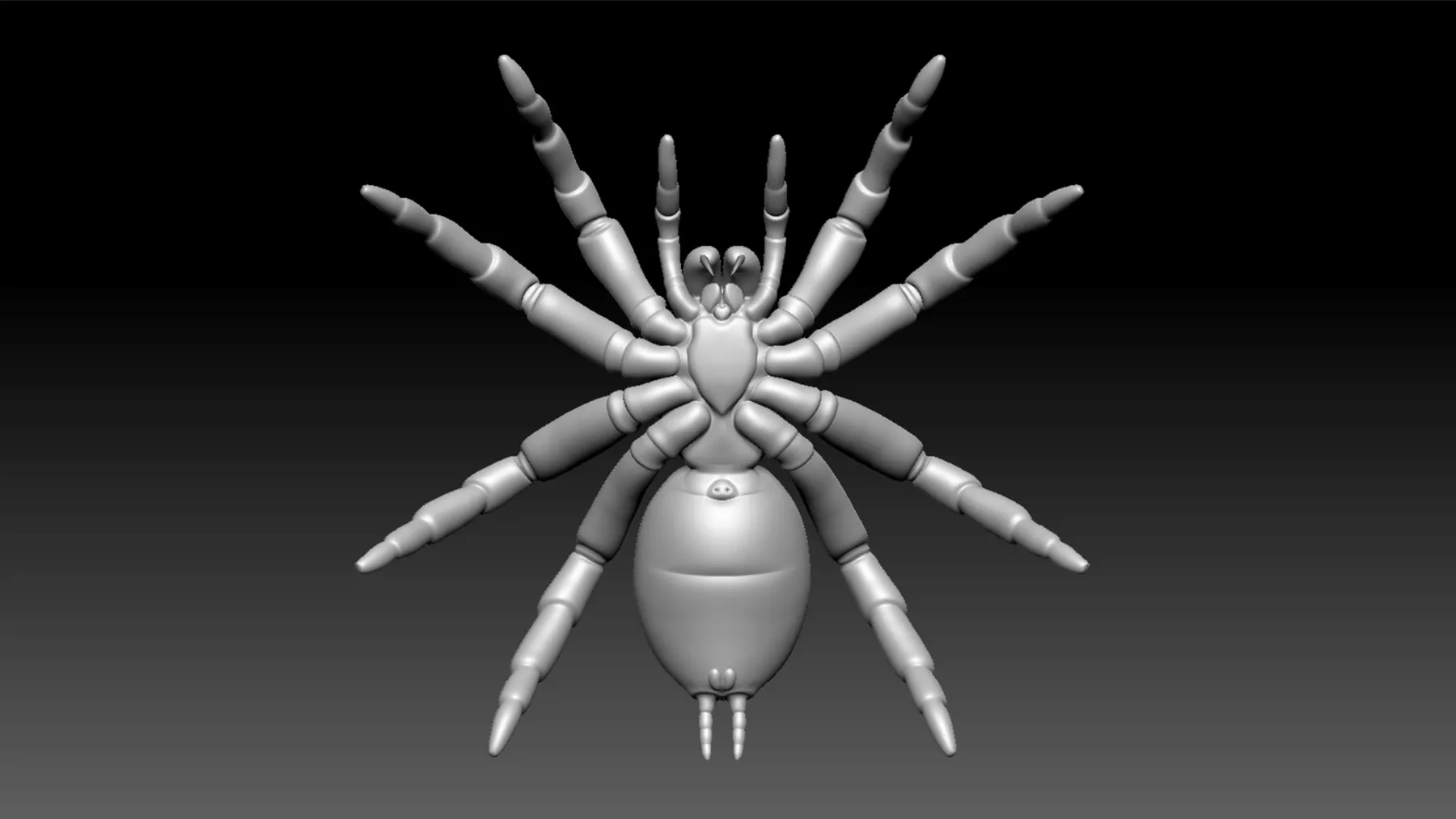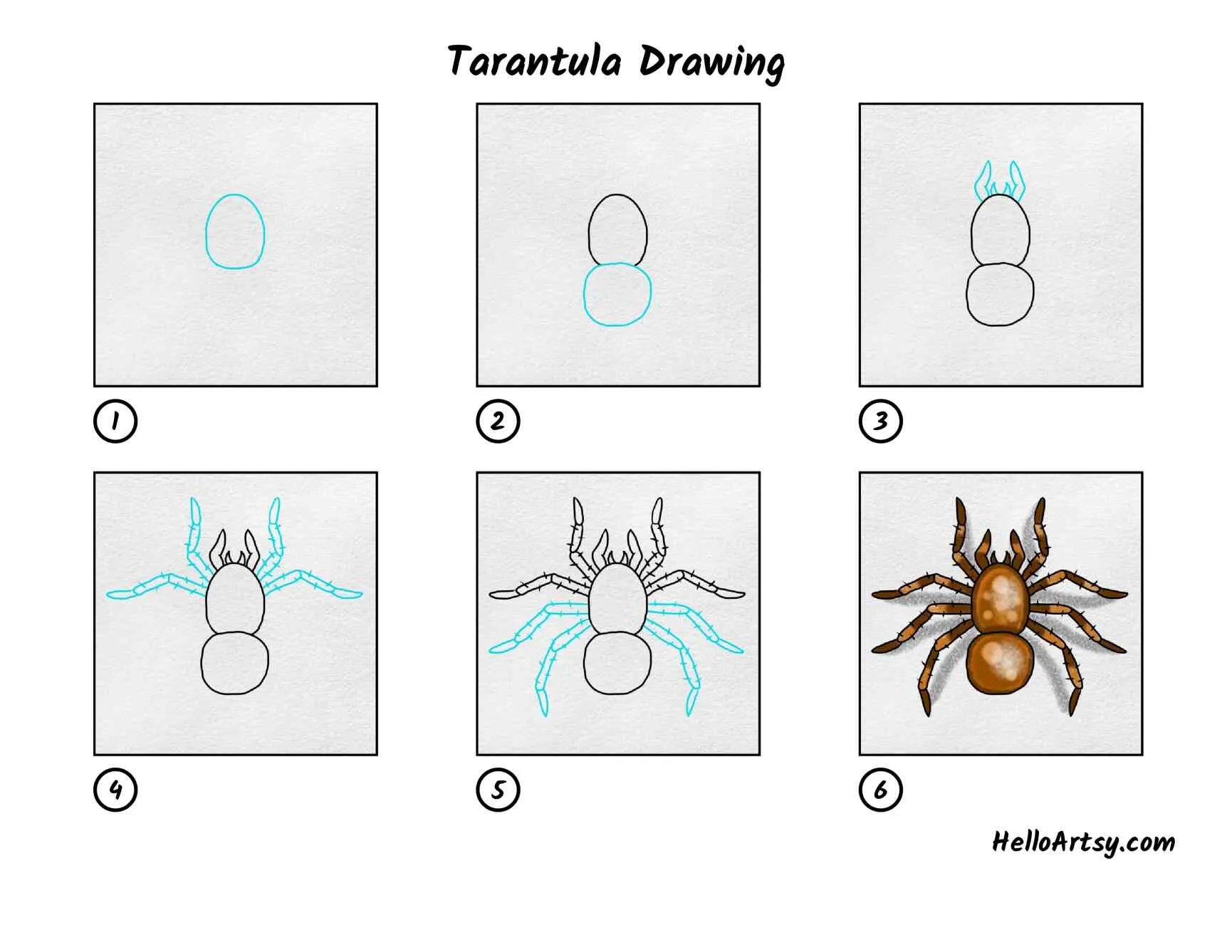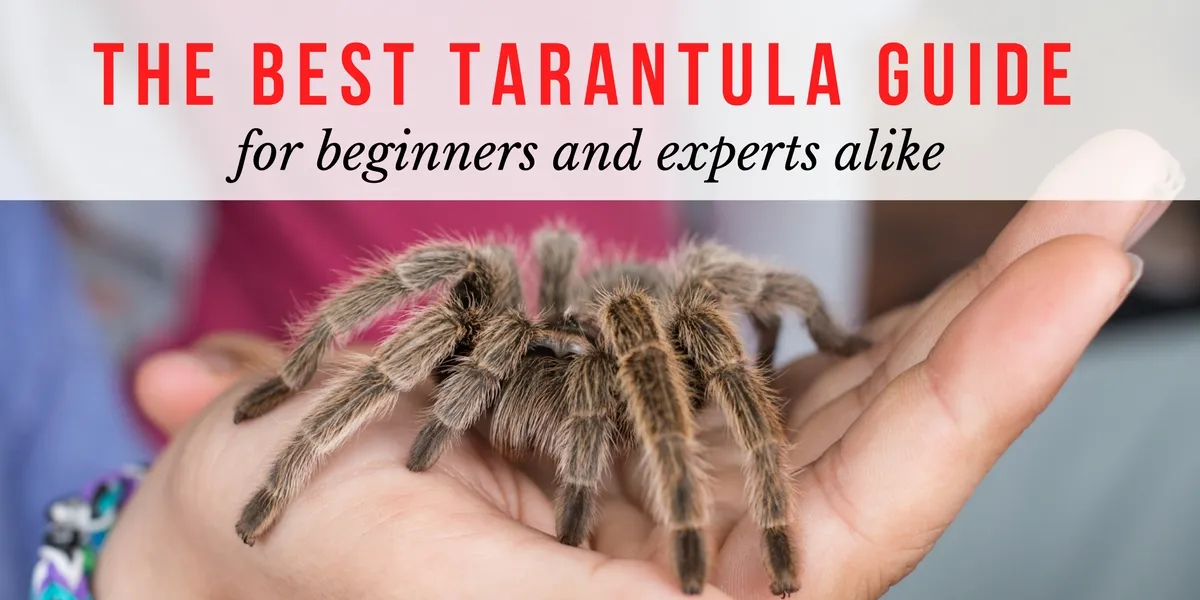Embarking on the journey of owning a tarantula can be an exciting experience. These fascinating creatures, with their unique characteristics and relatively low maintenance needs, are becoming increasingly popular pets. This comprehensive 5-step tutorial unveils the secrets to successfully keeping a tarantula, providing you with the knowledge you need to create a thriving environment for your eight-legged friend. From choosing the right species to understanding their behavior, this guide will walk you through every crucial step.
Choosing Your Tarantula
The first step towards responsible tarantula ownership is choosing the right one. Not all tarantulas are created equal; some species are better suited for beginners than others. Your lifestyle, experience level, and the space you can provide will all play a role in this decision. Careful consideration at this stage will ensure a more rewarding experience for both you and your tarantula. Understanding the basic needs of different species is crucial before bringing one home.
Selecting the Right Species
When selecting a tarantula, consider factors such as temperament, size, and ease of care. Some beginner-friendly species include the Chilean Rose Hair (Grammostola rosea), which is known for its docile nature and relatively slow growth, or the Pinktoe tarantula (Avicularia avicularia). Avoid aggressive or venomous species, especially if you are a beginner. Research the adult size of the tarantula, to ensure you can provide adequate space as it grows, as some species can become quite large.
Researching Tarantula Characteristics

Before making a purchase, research the specific needs of the species you are considering. This includes their natural habitat, dietary requirements, and specific temperature and humidity needs. Understanding their behavior, such as whether they are terrestrial, arboreal (tree-dwelling), or burrowing, will help you create the ideal enclosure. Knowing their lifespan is also important, as some tarantulas can live for over 20 years. Thorough research will help you provide the best possible care.
Acquiring a Healthy Tarantula
Purchase your tarantula from a reputable breeder or pet store. Inspect the tarantula carefully before buying. Look for an alert and active spider with a healthy abdomen (not too thin or too large). Avoid tarantulas that appear lethargic, have missing limbs, or display signs of illness, such as bald patches on their abdomen, which may indicate a problem with the molt. Ask the seller about the tarantula’s feeding schedule, molting history, and any other relevant information.
Setting Up the Perfect Tarantula Habitat
Creating a suitable habitat is crucial for your tarantula’s well-being. The enclosure should mimic its natural environment as closely as possible, providing the necessary conditions for it to thrive. A well-designed habitat will not only keep your tarantula healthy but will also allow you to observe its fascinating behaviors. Proper habitat setup is essential for the tarantula’s overall health and longevity. The environment should be stress-free and promote natural behaviors.
Choosing the Right Enclosure

The size and type of enclosure depend on the tarantula’s species and size. A good rule of thumb is to provide an enclosure that is at least twice the tarantula’s leg span in width and length, and slightly more in height. Terrestrial species will need more floor space, while arboreal species require more height. Choose a clear enclosure made of glass or plastic, allowing for easy viewing. Ensure the enclosure has a secure, well-ventilated lid to prevent escape.
Substrate Selection and Depth
The substrate, or bedding, is crucial for maintaining humidity and providing a natural environment. Suitable substrates include coco fiber, peat moss, and vermiculite. The depth of the substrate depends on the species; burrowing tarantulas require a deeper layer to create their burrows. For terrestrial species, a depth of 4-6 inches is generally sufficient. Ensure the substrate is kept slightly moist but not waterlogged. Avoid substrates that are toxic or prone to mold.
Providing Adequate Shelter
Tarantulas are shy creatures and need a place to hide. Provide a hide, such as a cork bark, half log, or artificial cave, where your tarantula can retreat and feel secure. The hide should be appropriately sized for the tarantula; it should be large enough to allow the tarantula to easily enter and exit, but not so large that it feels exposed. Place the hide on the substrate, preferably near a corner, for a more natural feel. Adding live or artificial plants can further enhance the habitat.
Maintaining Optimal Temperature and Humidity

Maintaining the correct temperature and humidity is essential for your tarantula’s health. The ideal temperature range is typically between 75-85°F (24-29°C), but can vary depending on the species. Use a thermometer to monitor the temperature. Humidity levels should be monitored with a hygrometer. The levels vary depending on the species, but generally, 60-70% humidity is suitable for many common tarantulas. You can maintain humidity by misting the enclosure with water or by providing a water dish.
Feeding Your Tarantula
Proper feeding is essential for your tarantula’s growth and health. Tarantulas are opportunistic feeders, meaning they will eat whatever they can catch. The type and frequency of feeding depends on the tarantula’s size, age, and species. It is important to offer a varied diet to ensure your tarantula receives all the necessary nutrients. Always remove uneaten food to prevent the buildup of mold and bacteria. Be observant of your tarantula’s appetite and adjust accordingly.
Understanding Tarantula Diet
Tarantulas are primarily insectivores, meaning they feed on insects. Suitable food items include crickets, mealworms, roaches, and other commercially available insects. The size of the food should be appropriate for the tarantula’s size; the prey should be no larger than the tarantula’s body. Avoid feeding wild-caught insects, as they may carry parasites or pesticides. Offer a variety of insects to ensure your tarantula receives a balanced diet. You can also supplement the diet with occasional vitamin-dusted insects.
Feeding Frequency and Portion Size

Feeding frequency depends on the tarantula’s age and growth rate. Spiderlings should be fed more frequently (every other day to daily), while adults can be fed less often (once or twice a week). Adjust the portion size according to the tarantula’s appetite; remove any uneaten food within 24 hours. Observe your tarantula’s abdomen to determine whether it is well-fed (it should be rounded). Avoid overfeeding, as this can lead to health problems.
Providing Fresh Water
Always provide a shallow dish of fresh, clean water for your tarantula. This is essential for hydration. Ensure the water dish is shallow enough to prevent drowning, especially for smaller tarantulas. Replace the water regularly to keep it clean. Some tarantula keepers use a water-filled cotton ball or sponge for smaller spiders, but this is generally not recommended as they can harbor bacteria. Ensure the dish is accessible and easy for the tarantula to use.
Handling and Observing Your Tarantula
Handling your tarantula is not always necessary and should be approached with caution. However, observing your tarantula’s behavior can be a rewarding experience. It allows you to understand its personality and ensure its well-being. When interacting with your tarantula, prioritize its safety and your own. Handling should be minimized, as it can be stressful for the tarantula. Remember that these creatures are delicate.
Safe Handling Techniques

If you choose to handle your tarantula, do so with extreme care. Handle your tarantula only when necessary, such as during habitat maintenance or when you need to move it. Encourage your tarantula to walk onto your hand rather than picking it up. Always handle your tarantula over a soft surface, such as a bed or carpet, in case it falls. Avoid sudden movements or loud noises, as these can startle your tarantula. Be aware of the tarantula’s posture; a defensive posture is a clear sign to back off.
Observing Tarantula Behavior
Observe your tarantula’s behavior regularly to ensure its well-being. Look for signs of health and happiness, such as eating regularly, moving around the enclosure, and molting successfully. Pay attention to its feeding habits, activity levels, and overall appearance. Researching your specific species will help you understand what constitutes normal behavior. Some tarantulas are more reclusive than others; a tarantula that hides most of the time may still be healthy.
Identifying Potential Problems
Knowing how to identify potential problems is vital for ensuring your tarantula’s health. Early detection can prevent serious illness and allow you to take prompt action. Regularly inspect your tarantula and its enclosure for any signs of trouble. This includes observing its behavior and examining its physical condition. Learning to recognize the signs of a problem is essential to be a good pet parent.
Recognizing Signs of Illness

Common signs of illness include loss of appetite, lethargy, abnormal posture, and bald patches on the abdomen. Other signs may include lack of coordination, difficulty molting, and the presence of parasites or mites. Any unusual behavior or physical changes should be investigated promptly. If you notice any of these symptoms, isolate the tarantula, examine its enclosure, and consider consulting a veterinarian experienced with exotic pets.
Addressing Common Health Issues
Common health issues include dehydration, mites, and issues with molting. Dehydration can be caused by lack of access to water or low humidity levels. Mites can infest the tarantula and its enclosure, causing irritation and potential health problems. Difficulty molting, also known as dystocia, can be a serious problem if the tarantula cannot shed its exoskeleton. Adjusting the environment, improving hygiene, and consulting with an expert can help solve these issues, always prioritize the tarantula’s well-being.
Conclusion
Owning a tarantula can be a rewarding experience. By following this 5-step tutorial, you are well-equipped to provide your tarantula with a healthy and fulfilling life. Remember that responsible tarantula ownership involves ongoing learning, observation, and care. With the right knowledge and dedication, you can enjoy the fascinating world of tarantulas for years to come. Be patient, and enjoy the journey of owning this incredible animal.
